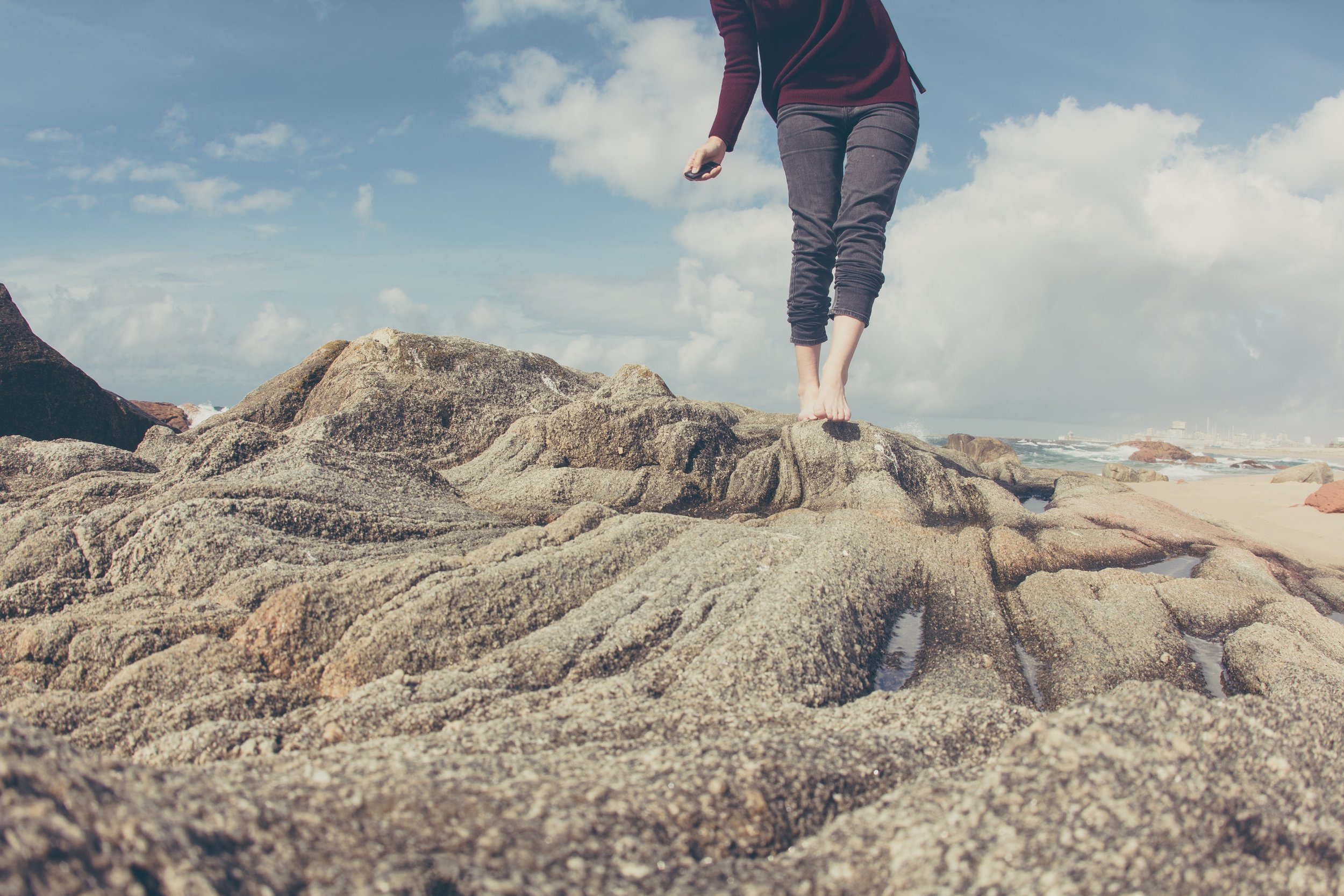3 Tips for Injury Prevention in Runners
Build Foundation Mobility, Balance and Core Strength
Understanding your weaknesses will make you stronger
Runners are notorious for getting injured, ignoring the pain and finishing out the race. A week later they might show up in my office lamenting, “I know, I should stretch more.” But is that really the key? Of course each runner is different. They have their own gait, genetic predispositions and history of trauma and injury to name a few. So at the end of the day constantly blaming tissue length as the culprit and repeating the mantra, “I should stretch more” is not always the answer. Here simple tips leading to 3 big areas of focus for you to work on and start assessing your own patterns and presentations.
#1 Mobility | Roll it Out
Limited & asymmetrical ROM (rang of motion) can often be impeded by fascial tightness
Using a ball, foam roller or other tools to start rolling. Choose sore muscles or areas to slowly scan the area altering pressure over more tender spots and performing a micro massage. Although rolling seems simple it is in part increasing neuro sensory stimulation to an area of skin that is innervated by nerves that also innervate deeper structures such as joint capsules and muscles. Increasing this sensory input with a ball or roller as a tool you will impact the mobility and brain’s awareness of the area you are working on.
Try rolling out for 3-5 minutes before and after a run consistently for 2 weeks and note any changes you feel as a result.
Don’t ignore your feet, glutes and even upper back and shoulders.
#2 Balance | Single Leg Balance
Running demands the balance which leads to stability on one leg
In order to run you ask your body to repeatedly land and propel off of one leg at a time. The inherent stability provided by two points of contact in walking is no longer a crutch you can lean on. If you are a runner and you cannot stand on one leg or even challenge yourself with more complex single leg tasks, such as a single leg sit down or single leg romanian dead lift you are probably causing some compensation up or down stream. Your hips should stay relatively level with the ground through gait and without stability your hip will drop or laterally shift potentially causing knee, ankle or back pain.
Challenge yourself to stand on one leg for at least 90 seconds barefoot or in socks.
Increase the difficulty by raising your hands overhead or looking up.
#3 Core Strength | Anti-Movement & Cross Body Patterns
Your core or trunk is involved with every step we take and functions to resist movement keeping us upright
Running is a cross body pattern; opposite are and leg move in synchrony as we propel ourselves forward. The core, at the center of it all, resists you moving too far in any one direction and helps maintain and upward position as well as working through the diaphragm with your breath accessing the powerful autonomic nervous system. Its importance and role in activity as well as every day life is unmistakable. However, it is often trained with sit ups or repetitive forward bending movements as opposed to challenging it more dynamically in a way that mimics the patterns of running.
Try a Bird Dog - A great place to start to ask your core to work with your opposite arm and leg moving together
Think about your pelvis and spine staying level and neutral with your core engaged through this move.





